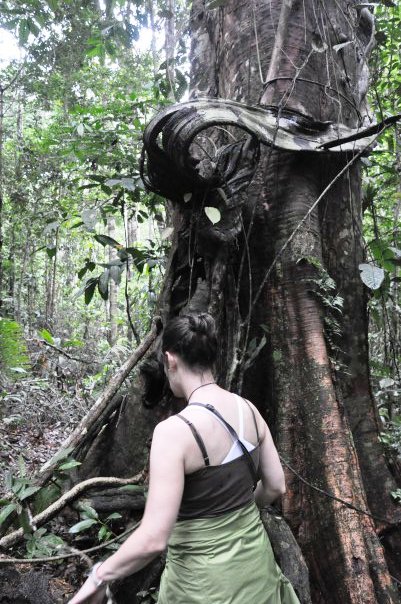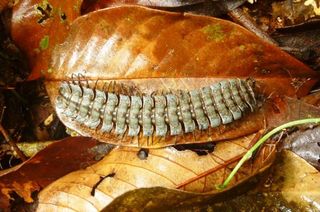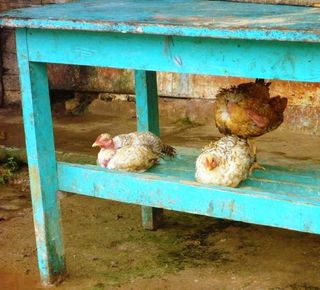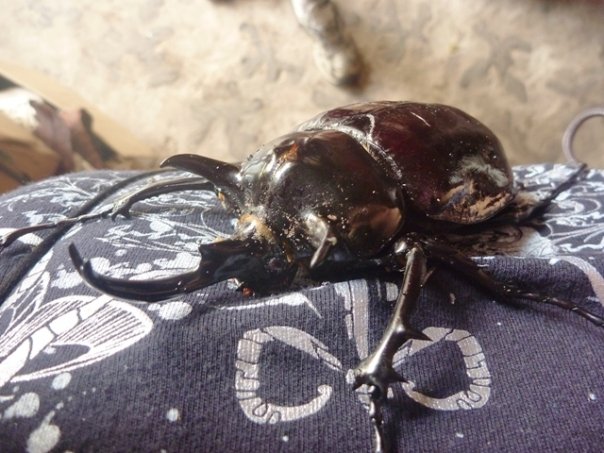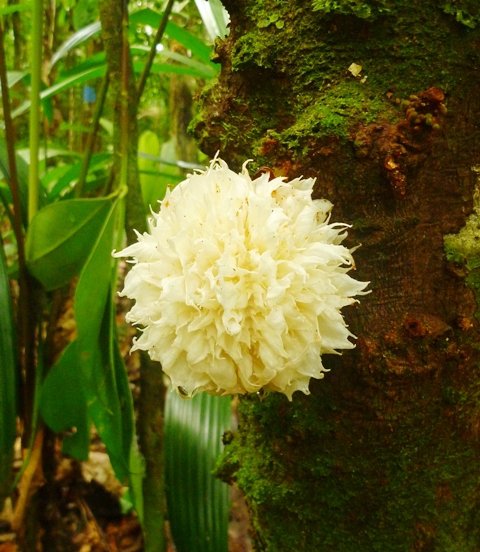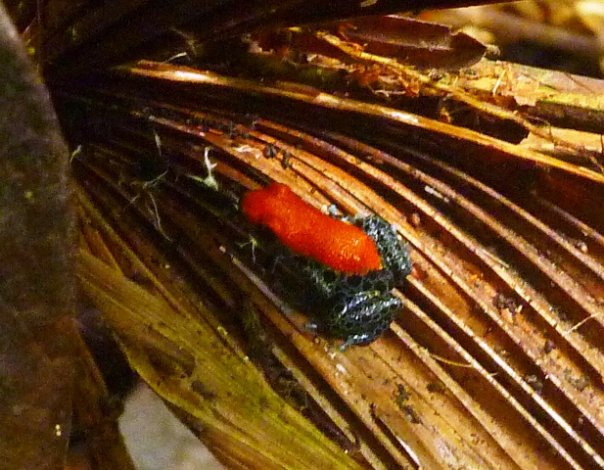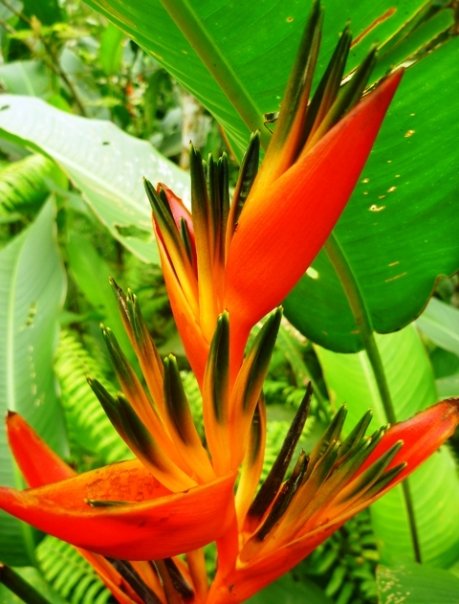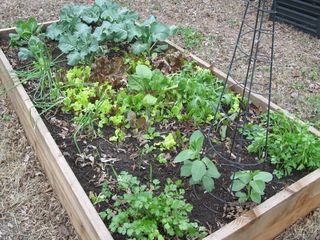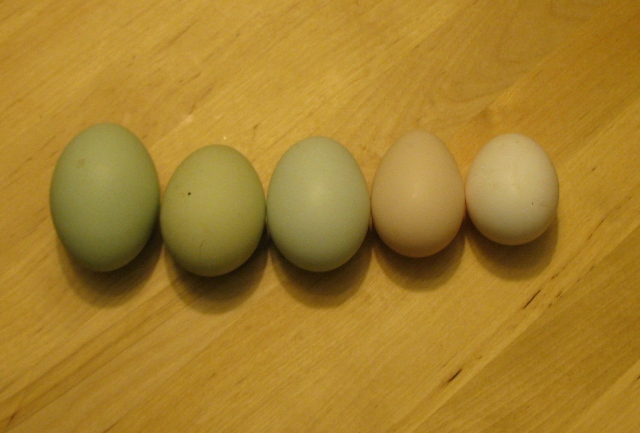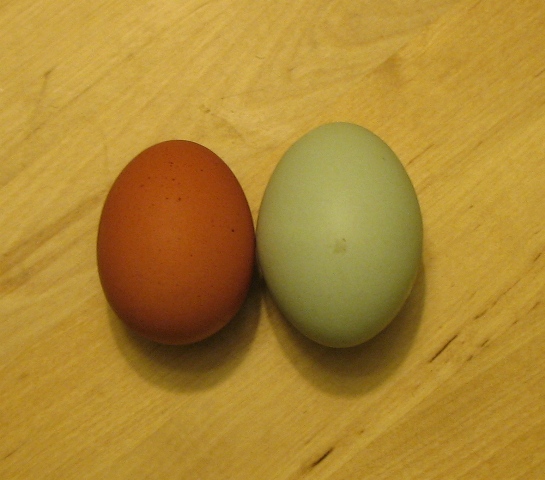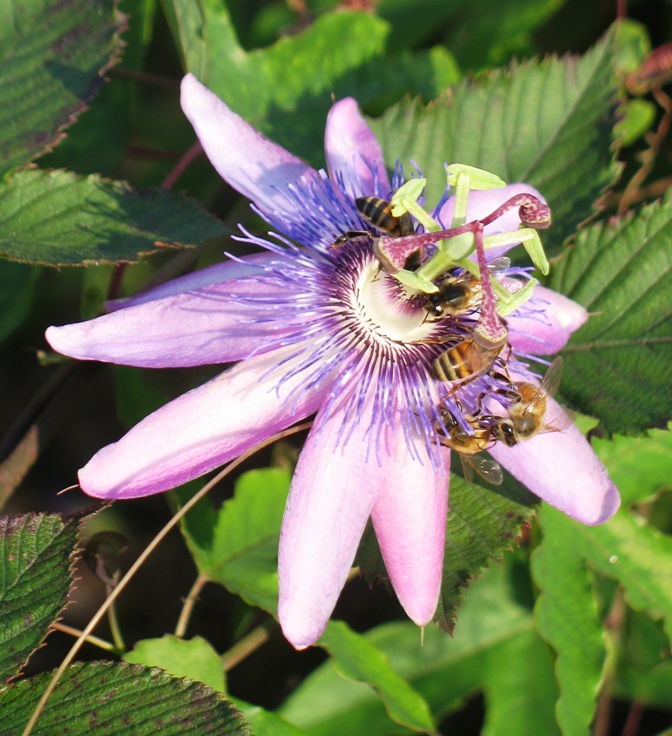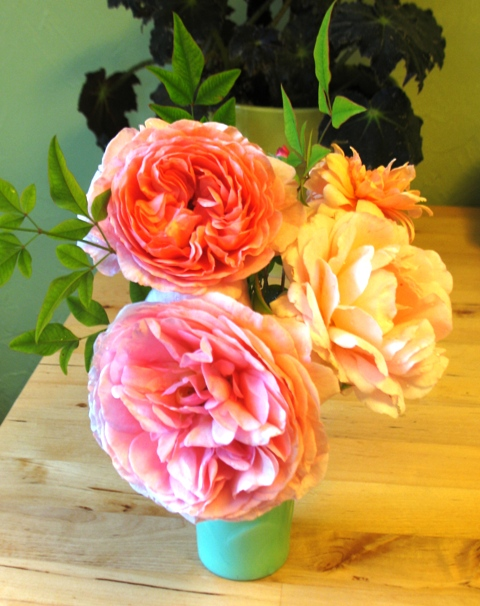My Favorite Tulips
I spent a lot of time designing and planning massive tulip displays at the Dallas Arboretum for Spring Booms, as well as testing bulbs varieties in the Plant Trials Program. Not to mention, lots of tulip growing in my own Texas gardens.
While December weather can be less than inspiring when it comes to getting out and digging in the garden, there is a lot to do this next month if you want a colorful spring garden. December is the time to plant your tulips in Texas. I’ve grown many a tulip in my day, but there are a few standouts that continue to make their way into my own garden. I thought I’d share a few of my favorites.

‘Temple of Beauty’ is a true stunner in the spring garden. If you really want to go bold, this tulip is the way to go. A single, late hybrid, ‘Temple of Beauty’ has a larger bloom that most other single-lates and is a vibrant orange with salmon tones along the petals. You can mix this brightly colored cultivar with tulips in shades of pink or yellow for a cheery combination. Blooms on sturdy stems will easily reach 30 to 36 inches tall. This variety is a hybrid cross of the lily-flowering tulip ‘Mariette’ and a variety of Tulipa gregii. The result, ‘Temple of Beauty’, is a triploid bulb with excellent vigor and gigantic blooms. In fact, it’s probably one of the largest flowering cultivars of tulip in the world. Many sports of ‘Temple of Beauty’ have since been developed, and the group is often referred to as Giant Lefeber Hybrids, after Dirk W. Lefeber, who bred the original ‘Temple of Beauty’ cross.
‘Blushing Beauty’ and ‘Blushing Lady’are two such sports and are also among my tulip favorites. If you want the size and vigor of ‘Temple of Beauty’, but would prefer something a bit subtler in color, these are your gals. ‘Blushing Beauty’ sports large blooms with a yellow-apricot blend and rose-colored base. ‘Blushing Lady’ has a similar color pattern, but edges of petals blend to a brighter lemon yellow. Lily-flowering hybrid flowers will open upon sunny days, revealing color variations inside the flower. These hybrids can be mixed together or mixed with other single, late tulips for a stunning show.
It doesn’t get any better than ‘Maureen’for a white tulip. This classic single-late will never disappoint. Purewhite blooms are tightly formed and stand on sturdy, erect stems that grow up to 30 inches tall. ‘Maureen’ is lovely planted by itself or mixed with darker-blooming tulips for a contrasting display.
If you’re looking for something that blooms earlier, but still want a sturdy, reliable performer, you must try ‘Ollioules’.This giant-flowered Darwin Hybrid tulip is technically classified as amid-season bloomer. In our climate, however, it is usually one of the earliest tulips to bloom. ‘Ollioules’ produces violet-rose-colored petals edged in silvery-pink. Because of its two-toned color pattern, there is no need to mix this beauty with another tulip, as it stands out all on its own.
When and How to Plant Your Tulips
Be sure your tulips have been pre-chilled. In order for tulips to receive a proper vernalization, and thus develop a flower bud, soil temperatures must remain at a constant between about 45 F and 50 F degrees. In our climate, that doesn’t usually happen. Because our winters are not consistently cool enough, and our summers are too hot and dry, hybrid tulips typically will not perennialize in Texas. They must be pre-chilled and re-planted each year. There are a few species tulips that will make return appearances, but they are much smaller in size than the classic “Dutch hybrids.”
The best time to plant your tulips is when soil temperatures have reached 50 F or below. That is typically after Thanksgiving. I’ve found that the second and third weeks of December are usually prime time for planting tulips. I recommend getting your tulips into the ground before the end of December, and I urge you to plant them deeply! By planting your tulips6 to 8 inches deep (from the soil surface to the top of the bulb) you will ensure that your bulbs bloom at the right time and not too early.
